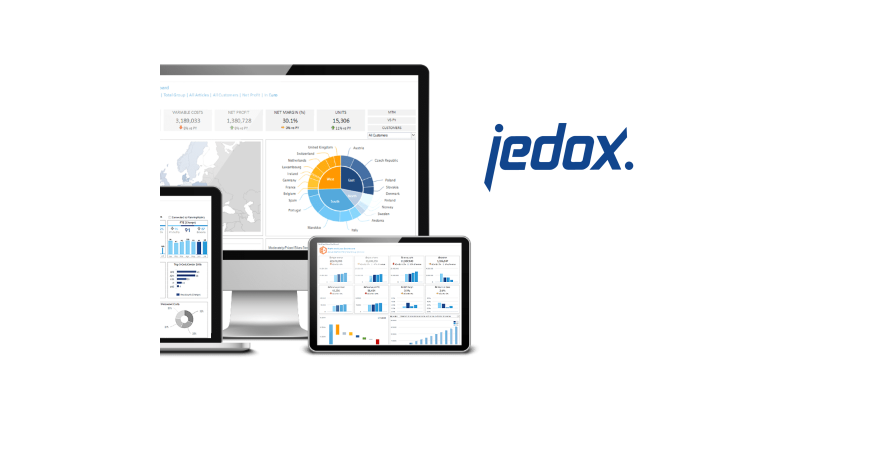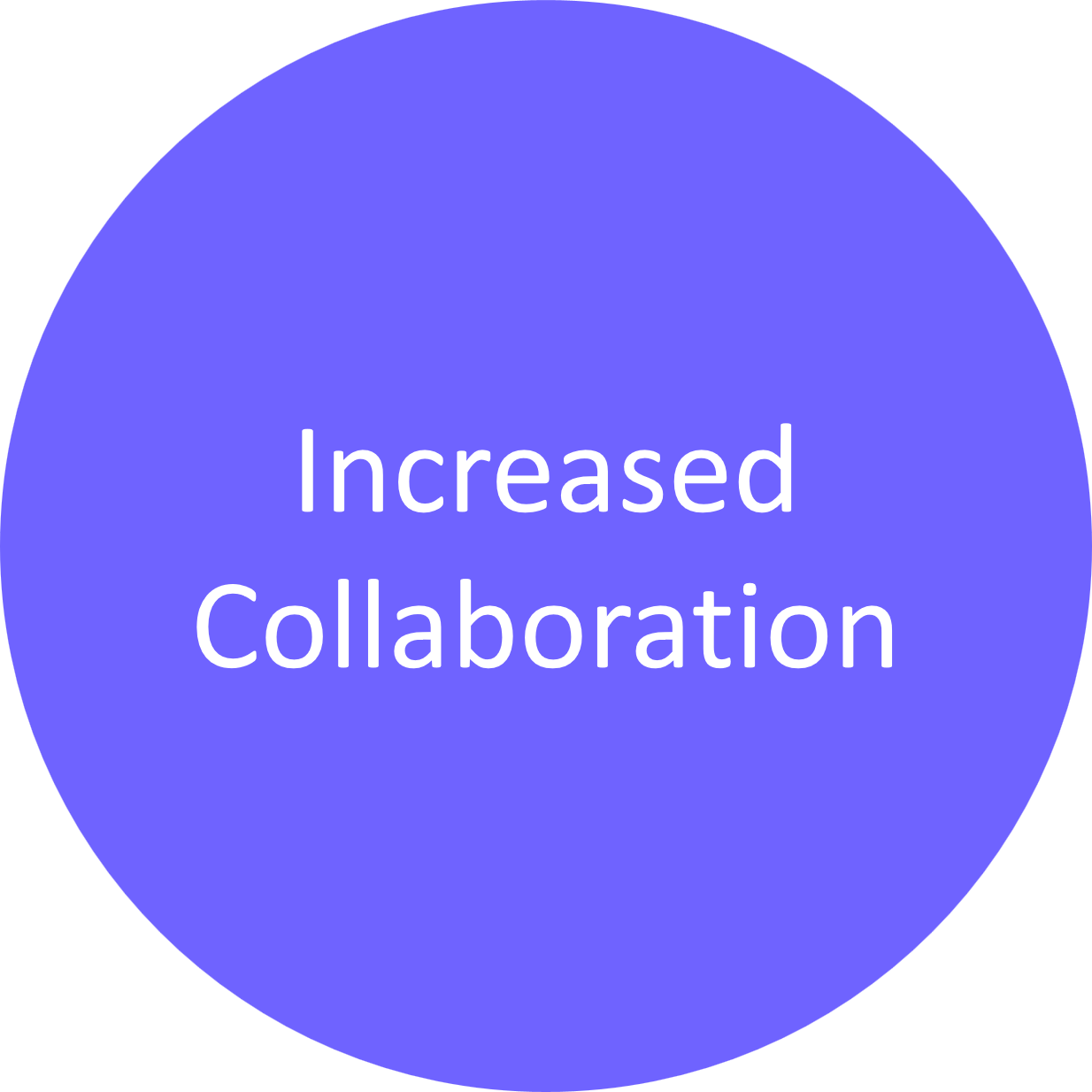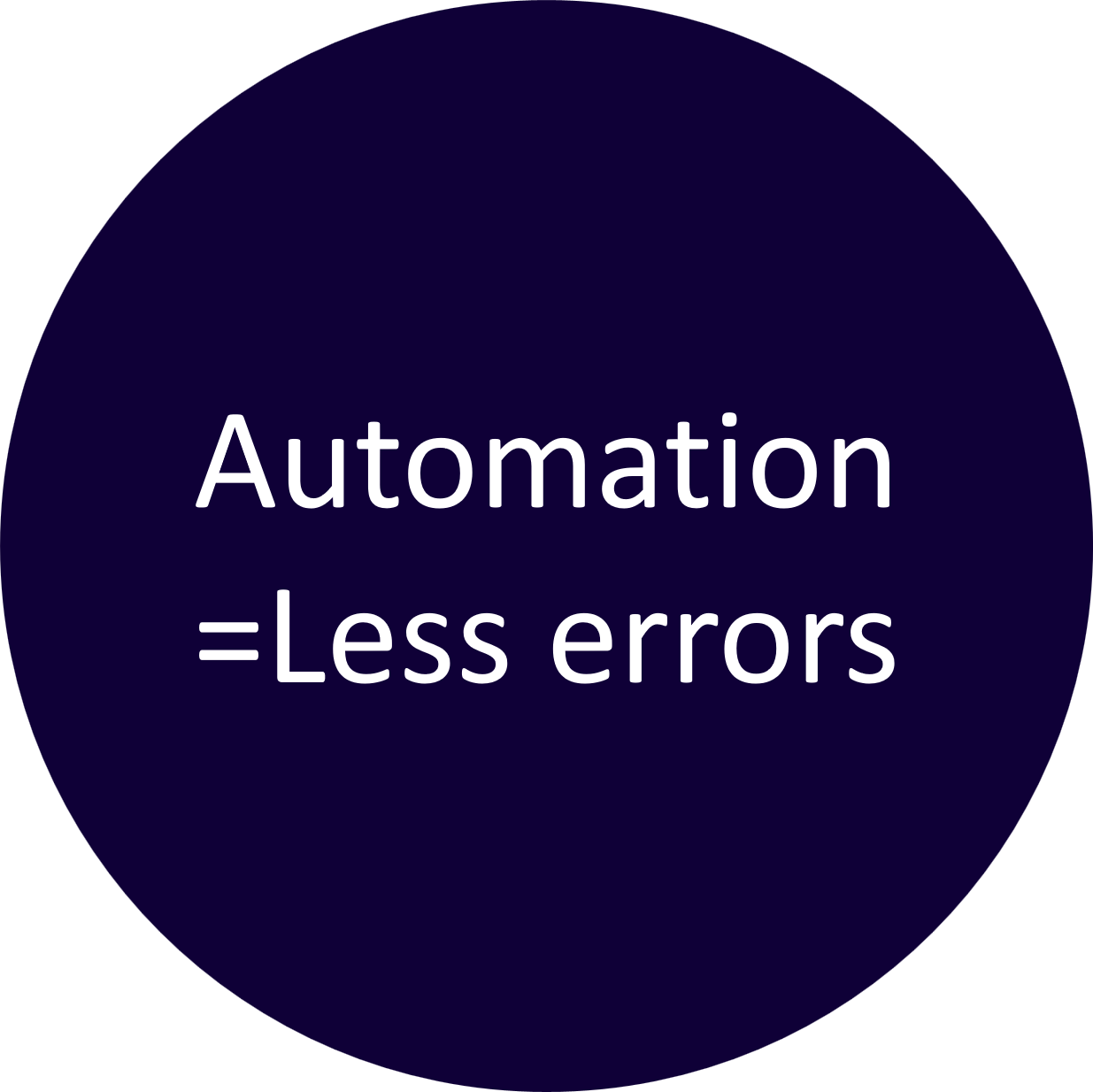Top 5 reasons to implement XP&A, but what is XP&A?
First, a short introduction to XP&A: it stands for eXtended Planning & Analysis, meaning the planning & analysis is not only used in finance (the F in FP&A), but in any (X) relevant organizational area that produces business plans, including area’s like sales, marketing, production and HR. Other related terms are Integrated Business Planning (IBP) or even Sales & Operations Planning (S&OP). In this blog, we will use the term XP&A.
















